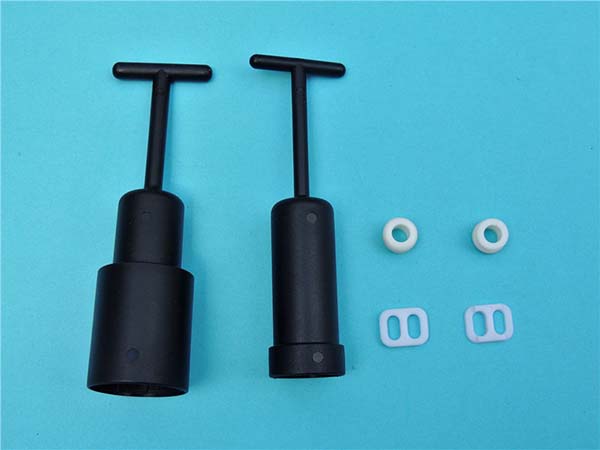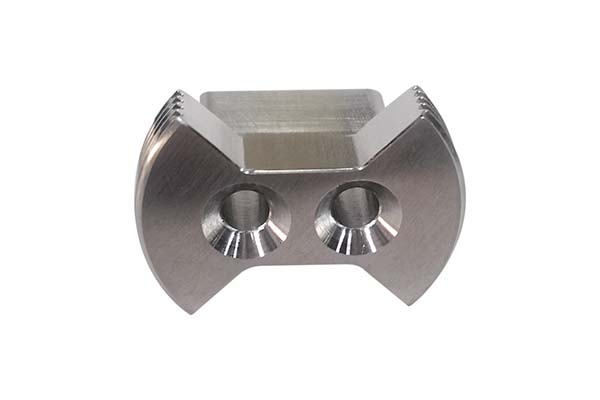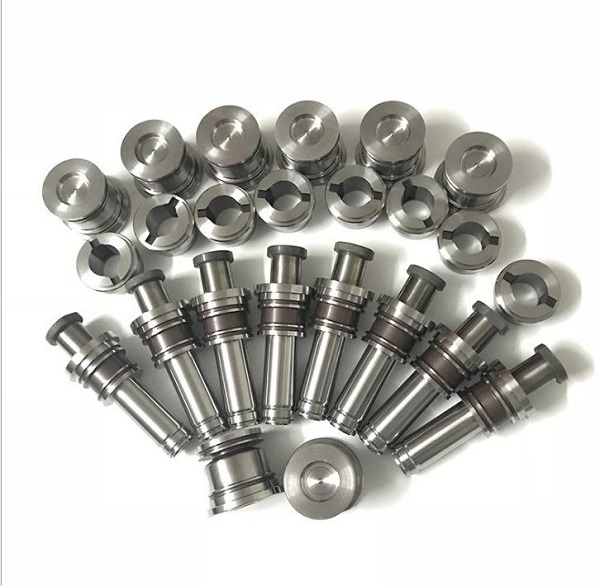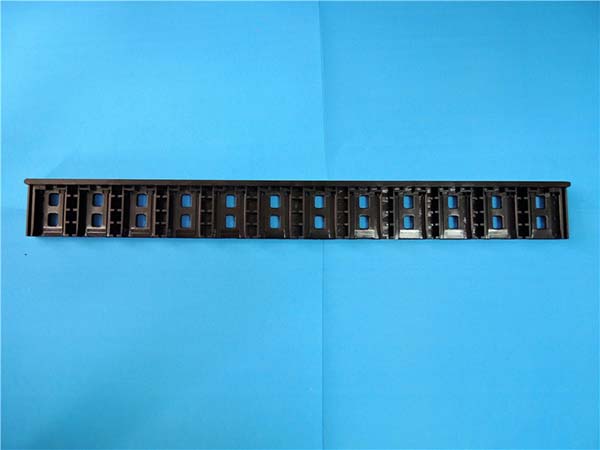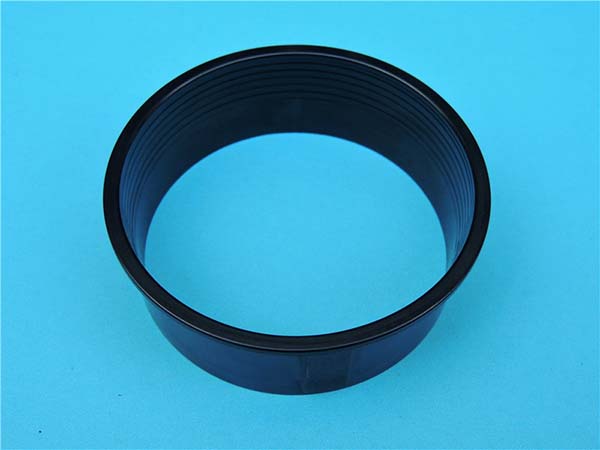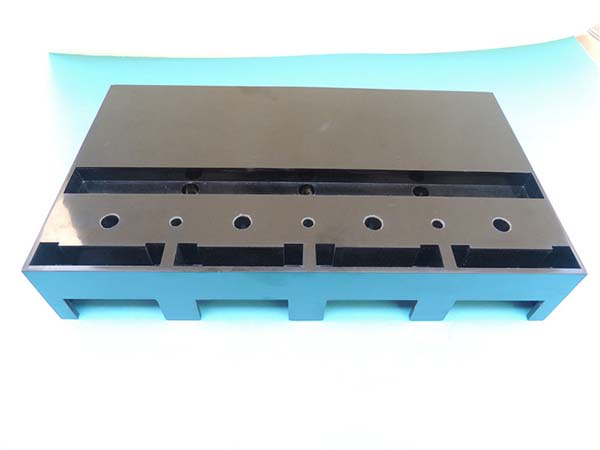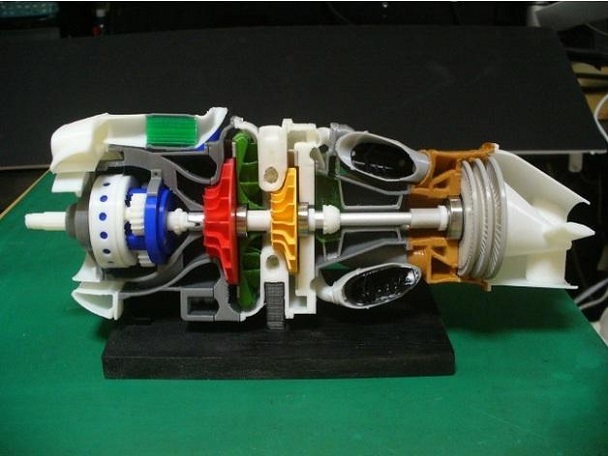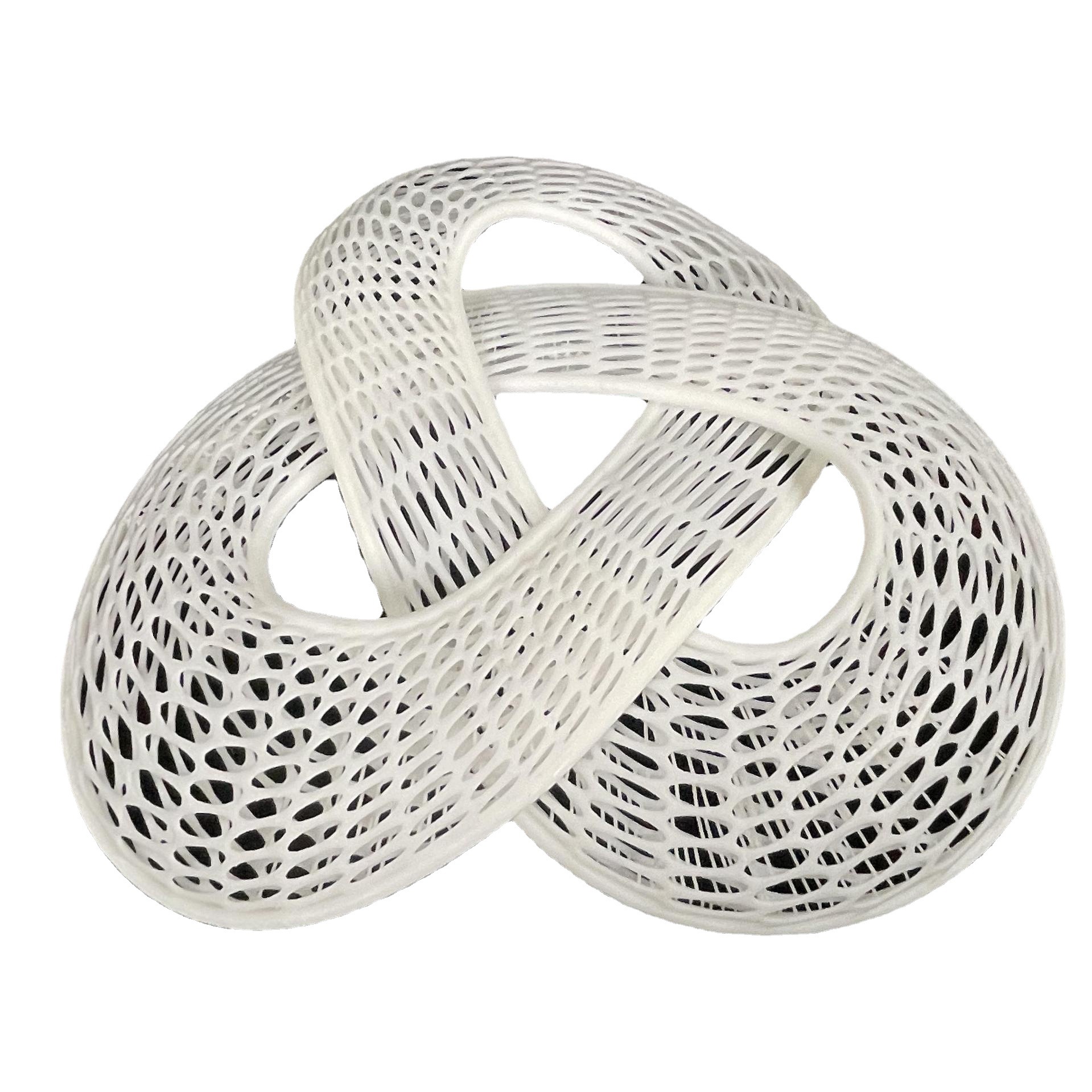What is Laminated Object Manufacturing 3D Printing?
Laminated Object Manufacturing (LOM) 3D printing, also known as laminated object manufacturing or thin - material selective cutting, is a unique 3D printing technology. It was developed by Michael Feygin from the American company Helisys in 1986 and has since seen development and application in the field of 3D printing.
The principle of LOM 3D printing is as follows: First, it uses sheet materials such as paper, plastic films, or metal foils. These sheet materials have a layer of 热熔 adhesive pre - coated on their surface. During the printing process, a hot - pressing roller heats and presses the sheet material, bonding it to the previously formed workpiece layer. Then, a CO₂ laser is used to cut the cross - sectional profile of the part and the outer frame on the newly bonded layer. At the same time, in the area between the cross - sectional profile and the outer frame, a grid is cut for easy removal of excess material later. After the laser cutting is completed, the workbench moves the formed workpiece downward to separate it from the strip - shaped sheet material (material tape). The feeding mechanism rotates the take - up shaft and the feeding shaft to drive the movement of the material tape, bringing a new layer of material to the processing area. The workbench then rises to the processing plane, and the hot - pressing roller presses again, increasing the number of workpiece layers by one and the height by the thickness of one sheet. This process is repeated until all cross - sections of the part are bonded and cut, and finally, a three - dimensional solid part is obtained.
In the family of 3D printing technologies, LOM holds a special place. It was once one of the most mature rapid - prototyping manufacturing technologies. Compared with some other 3D printing methods like Fused Deposition Modeling (FDM) which extrudes molten filament, or Stereolithography (SLA) that cures liquid resin with light, LOM's approach of using sheet materials gives it unique characteristics in terms of material utilization, production speed for certain types of parts, and the properties of the final products.
How Does LOM 3D Printing Work?
The working process of LOM 3D printing can be divided into several key steps, which are highly precise and coordinated.
Material Preparation
First and foremost, the appropriate sheet materials need to be prepared. As mentioned before, common materials include paper, plastic films, or metal foils, all of which have a layer of 热熔 adhesive pre - coated on their surface. For example, if paper is used, it should meet certain requirements such as uniform thickness, good tensile strength, and excellent adhesion with the adhesive. The quality of the materials has a direct impact on the final quality of the printed object. High - quality materials can ensure better bonding between layers and more accurate cutting, resulting in a more stable and precise 3D - printed part.
Laser Cutting
Once the materials are in place, the laser - cutting stage begins. A CO₂ laser is the main tool for this process. The computer, based on the sliced 3D model data, controls the movement of the laser. The laser beam precisely cuts the cross - sectional profile of the part and the outer frame on the newly bonded layer. For instance, when creating a complex - shaped prototype, the laser can accurately follow the intricate curves and details of the design. In addition, in the area between the cross - sectional profile and the outer frame, a grid is cut. This grid makes it easier to remove the excess material later, which is crucial for obtaining a clean - cut and accurate final product.
Layer - by - Layer Bonding
After the laser cutting of each layer is completed, the layer - by - layer bonding process comes into play. A hot - pressing roller is used to heat and press the sheet material. When the hot - pressing roller presses the new layer of material onto the previously formed workpiece layer, the pre - coated 热熔 adhesive on the sheet material melts due to the heat. As it cools down, it solidifies, firmly bonding the two layers together. This bonding process must be carefully controlled. The temperature and pressure of the hot - pressing roller need to be adjusted according to the type of material. For example, different plastic films may require different temperature settings for optimal bonding. If the bonding is not strong enough, the layers may separate during the subsequent processing or in the use of the final product; if the temperature is too high or the pressure is too great, it may damage the material or affect the dimensional accuracy of the part.
Final Shaping
The above - mentioned steps of material feeding, laser cutting, and layer - by - layer bonding are repeated continuously. With each cycle, the number of workpiece layers increases by one, and the height increases by the thickness of one sheet. This process continues until all cross - sections of the part are bonded and cut according to the 3D model. Once the entire object is formed, the final step is to remove the excess material that was cut into small pieces during the grid - cutting process. This is usually a manual or semi - automated process, where the operator carefully removes the unwanted material to reveal the final three - dimensional solid part. Sometimes, additional post - processing steps may be required, such as sanding, polishing, or coating, to improve the surface quality and performance of the part.
How Does LOM Compare with Other 3D Printing Technologies?
When it comes to choosing the right 3D printing technology, it's crucial to understand how Laminated Object Manufacturing (LOM) stacks up against other popular methods such as Fused Deposition Modeling (FDM), Stereolithography (SLA), and Selective Laser Sintering (SLS). Let's take a closer look at the comparison from several key aspects:
| Comparison Items | LOM | FDM | SLA | SLS |
| Printing Speed | Fast, especially for large and simple - structured parts as only the contour is cut, not the entire cross - section | Slow due to the extrusion process of the filament | Fast for small and detailed parts as the resin cures quickly | Moderate, with the need to sinter powder layer by layer |
| Precision | High precision, can achieve relatively accurate geometric shapes, but surface may have step - like texture | Generally lower precision, with the highest precision around 0.1mm, and the surface is relatively rough | Very high precision, can reach micron - level, such as 0.025mm, with smooth surface | High precision, able to achieve complex shapes, with a tolerance of (0.05 - 2.5)mm in the overall workpiece range |
| Material Selection | Limited to sheet materials like paper, plastic films, metal foils | Wide range of thermoplastic filaments such as ABS, PLA, PETG, etc. | Mainly limited to photosensitive resins | Various powder materials including plastics, metals, ceramics, and their mixtures with binders |
| Cost | Low - cost in terms of equipment and materials. For example, paper is a cheap raw material, and the equipment structure is relatively simple compared to some others | Low - cost equipment, especially desktop FDM printers, and relatively inexpensive materials | High - cost equipment due to the need for precise liquid - handling systems and expensive lasers, and the resin materials are also costly | High - cost equipment with a large power laser and high - cost powder materials, and high maintenance costs |
| Support Structure | No need for support structure as the layers are self - supporting during the building process | Usually requires support structures for overhanging parts, which need to be removed later | Often requires support structures, especially for complex geometries, and they are difficult to remove when not fully cured | No need for support structure as the unsintered powder can support the overhanging parts |
| Post - processing | Relatively simple post - processing, mainly removing the cut - off small pieces of excess material, and can be further processed like sanding | Often requires post - processing such as sanding, polishing, and removing supports to improve surface quality | Complex post - processing including cleaning, removing supports, and secondary curing, and surface treatment is also needed | Some post - processing may be required, such as removing excess powder and surface finishing |
From the above comparison, we can see that LOM has its own unique advantages. Its fast printing speed for large - scale and simple - structured parts makes it suitable for certain industrial applications. The relatively low cost also makes it an attractive option for some budget - conscious users. However, its limitations in material selection and the need for surface post - processing should also be taken into account when making a choice.
Yigu Technology's View
As a non - standard plastic and metal products custom supplier, Yigu Technology believes that Laminated Object Manufacturing (LOM) 3D printing has its own unique advantages in specific scenarios. Its relatively low - cost materials and equipment make it an attractive option for cost - sensitive projects. For example, the use of inexpensive paper materials can significantly reduce material costs. And its fast printing speed for large - scale and simple - structured parts can shorten the production cycle. It is suitable for making large - scale prototypes with simple structures, such as large architectural models or some simple industrial part prototypes.
However, LOM also has some limitations. The limited variety of available materials restricts its application scope in some fields that require special material properties. And the relatively poor surface quality often requires additional post - processing. At Yigu Technology, when choosing a manufacturing method for a project, we will comprehensively consider various factors according to the specific needs of customers. If the project requirements match the characteristics of LOM, such as a large - scale and simple - structured part with a limited budget, we will definitely choose LOM 3D printing technology to provide customers with the best - cost - effective solutions.
FAQ
What types of materials can be used in LOM 3D printing?
Common materials used in LOM 3D printing include paper, metal foils, plastic films, and ceramic films. For example, paper is a popular choice due to its low cost and easy availability. Metal foils can provide high - strength and conductive properties, which are suitable for some electronic or mechanical applications. Plastic films offer flexibility and chemical resistance in certain scenarios. The adhesive used in LOM 3D printing is usually a hot - melt adhesive with special additives. It requires good hot - melt and cold - setting properties (curing at room temperature), stable physical and chemical properties under repeated "melting - curing" conditions, good coating and evenness with sheet materials in the molten state, sufficient bonding strength, and good waste separation performance.
Is LOM 3D printing suitable for small - scale production?
LOM 3D printing can be suitable for small - scale production in some cases. One of its advantages is that it has a relatively low cost in terms of equipment and materials, which is beneficial for small - scale production where cost - control is important. Also, it has a relatively fast printing speed, especially for large and simple - structured parts, which can shorten the production cycle for small - scale orders. However, it's important to note that the limited variety of available materials may restrict its application for some products that require specific material properties. And the surface quality of LOM - printed parts is often not as good as some other 3D printing methods, which may need additional post - processing. So, whether LOM 3D printing is suitable for small - scale production depends on the specific requirements of the product, such as material requirements, surface quality requirements, and the complexity of the structure.
How can the surface quality of LOM 3D printed parts be improved?
There are several ways to improve the surface quality of LOM 3D printed parts. Firstly, surface coating treatment can be carried out. For example, applying a layer of resin or paint on the surface can fill the gaps between layers and smooth the surface, improving both the appearance and some properties like corrosion resistance. Secondly, optimizing the cutting parameters is crucial. Adjusting the laser power, cutting speed, and other parameters can make the cutting edges more precise, reducing the step - like texture on the surface. Thirdly, carefully considering the 成型 direction can also have an impact. Placing the parts in an appropriate direction during printing can minimize the surface roughness in critical areas. For example, if there are some flat surfaces that require high smoothness, orienting them parallel to the printing layer can reduce the step - effect on these surfaces.
